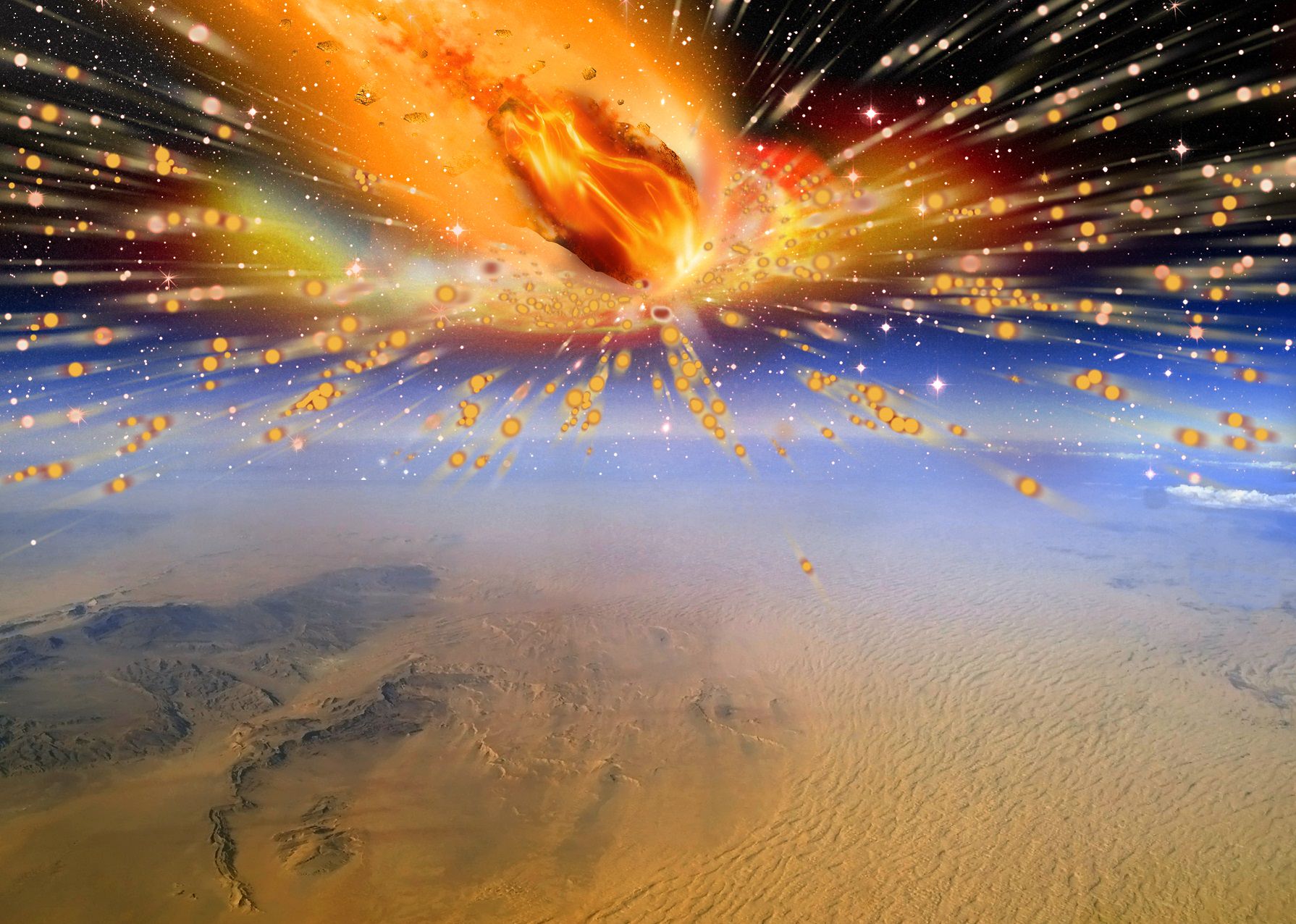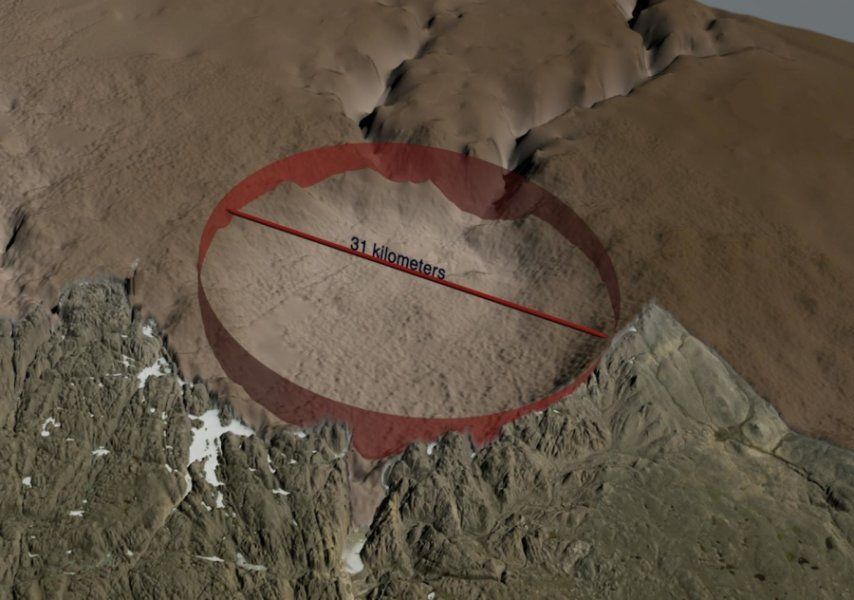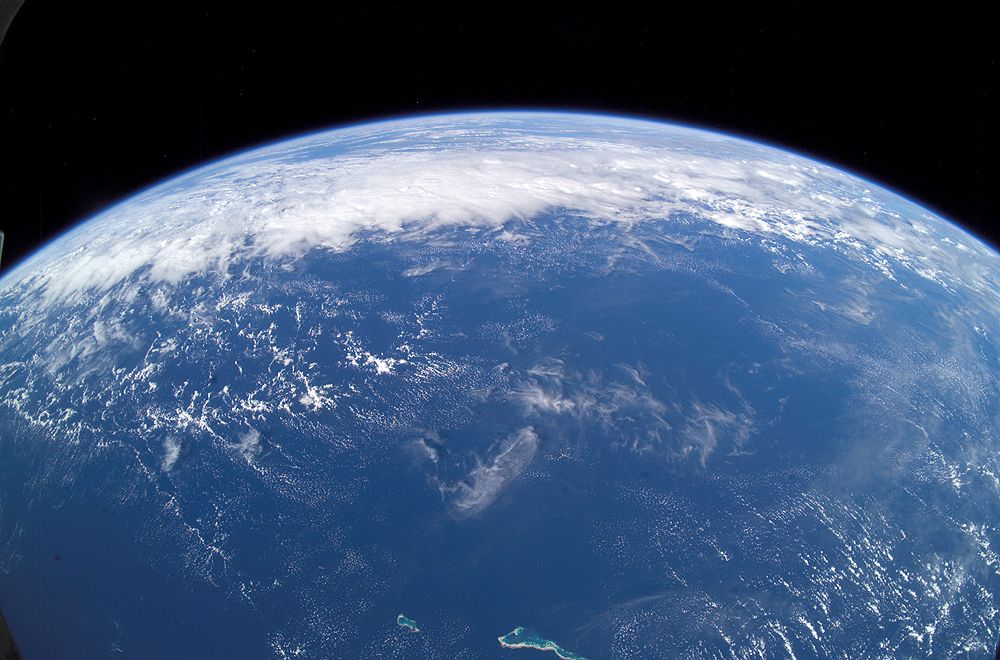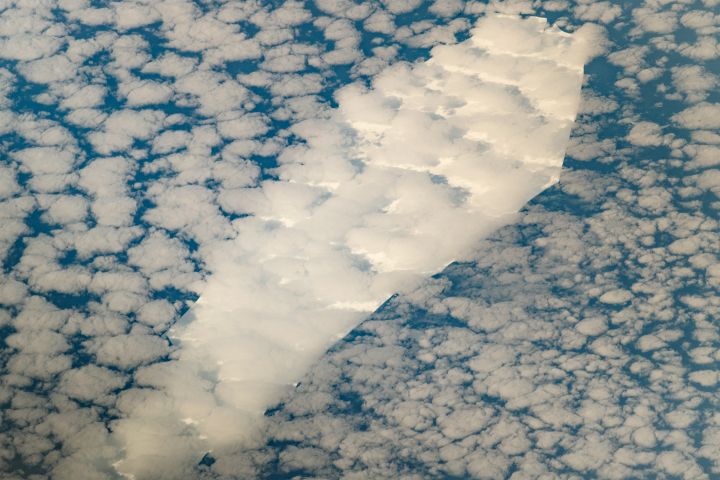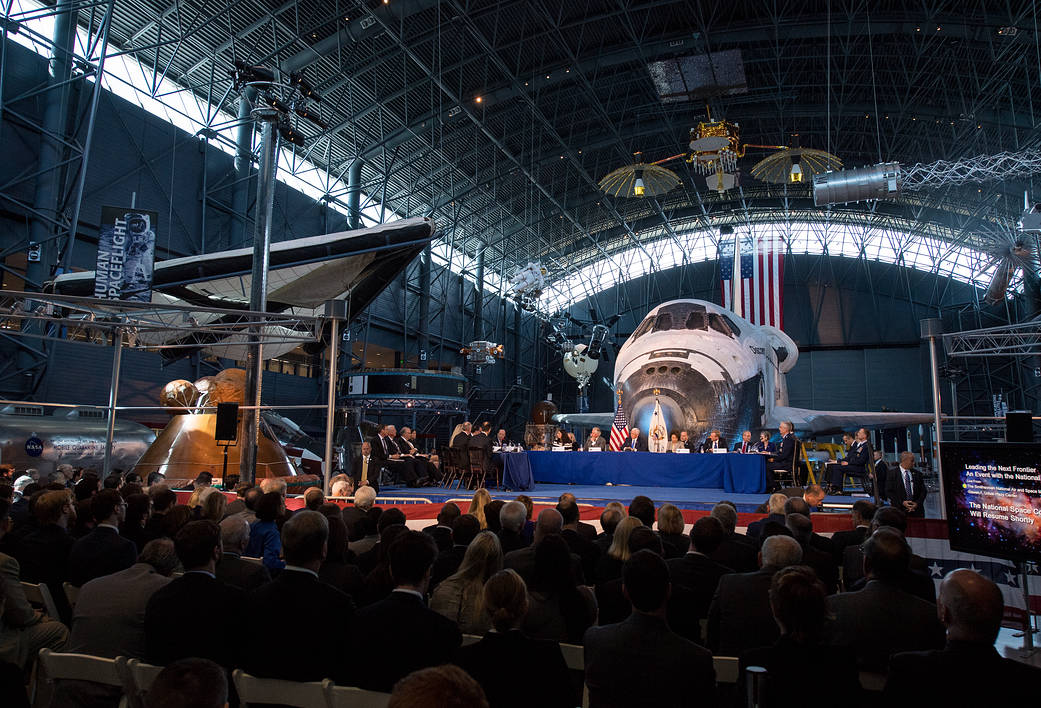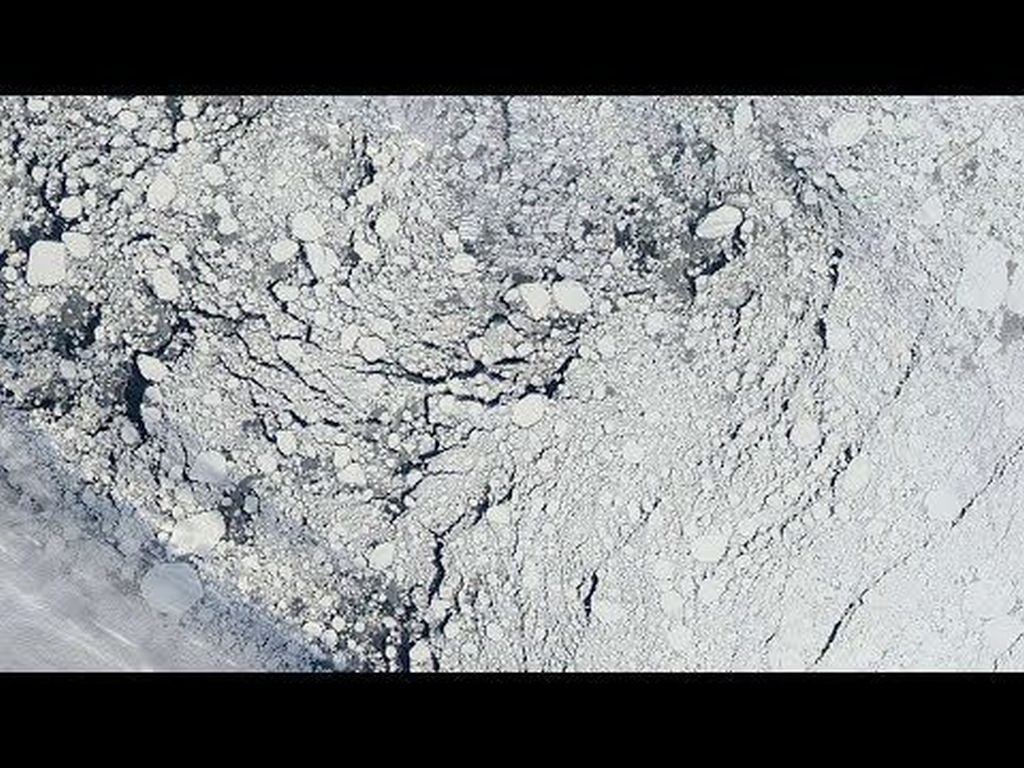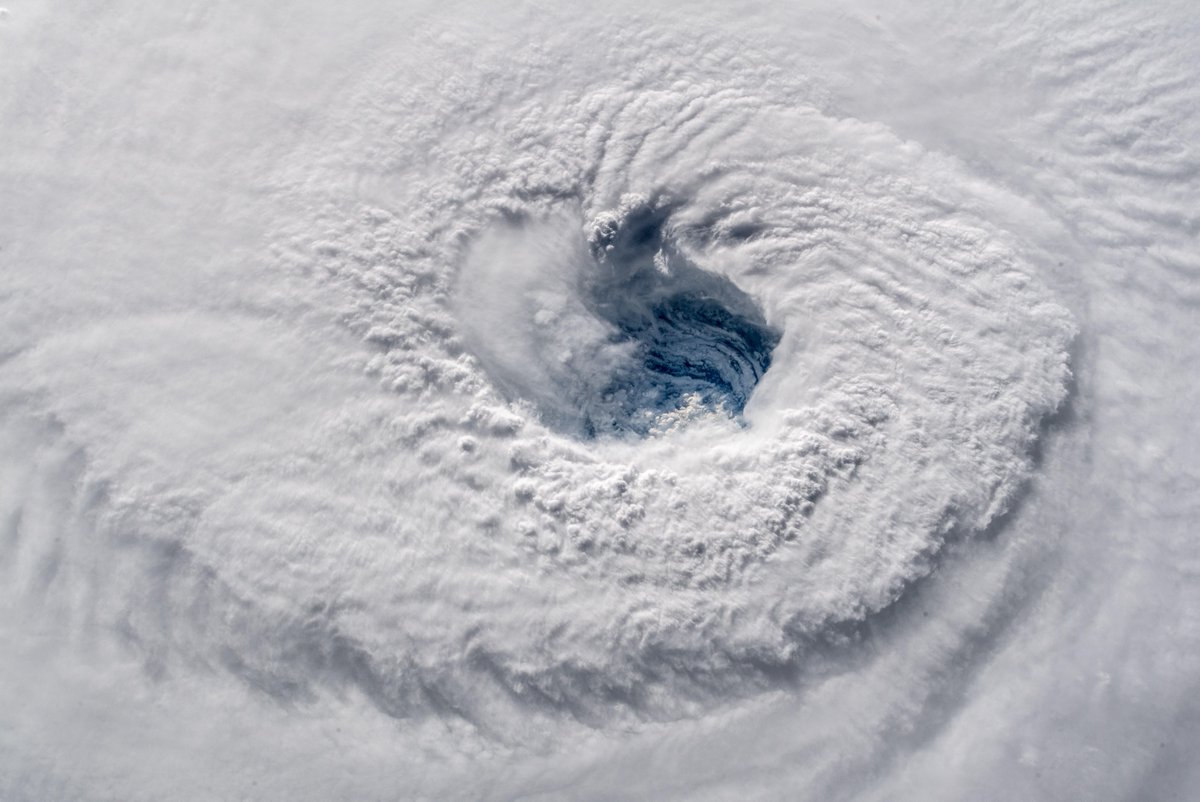For many years, scientists have been studying how supernovae could affect life on Earth. Supernovae are extremely powerful events, and depending on how close they are to Earth, they could have consequences ranging from the cataclysmic to the inconsequential. But now, the scientists behind a new paper say they have specific evidence linking one or more supernova to an extinction event 2.6 million years ago.
About 2.6 million years ago, one or more supernovae exploded about 50 parsecs, or about 160 light years, away from Earth. At that same time, there was also an extinction event on Earth, called the Pliocene marine megafauna extinction. Up to a third of the large marine species on Earth were wiped out at the time, most of them living in shallow coastal waters.
“This time, it’s different. We have evidence of nearby events at a specific time.” – Dr. Adrian Melott, University of Kansas.
Continue reading “A Supernova 2.6 Million Years Ago Could Have Wiped Out the Ocean’s Large Animals”


![This illustration shows the percentage of marine animals that went extinct during Earth's worst extinction at the end of the Permian era by latitude, from the model (black line) and from the fossil record (blue dots).A greater percentage of marine animals survived in the tropics than at the poles. The color of the water shows the temperature change, with red being most severe warming and yellow less warming. At the top is the supercontinent Pangaea, with massive volcanic eruptions emitting carbon dioxide. The images below the line represent some of the 96 percent of marine species that died during the event. [Includes fossil drawings by Ernst Haeckel/Wikimedia; Blue crab photo by Wendy Kaveney/Flickr; Atlantic cod photo by Hans-Petter Fjeld/Wikimedia; Chambered nautilus photo by John White/CalPhotos.]Justin Penn and Curtis Deutsch/University of Washington](https://www.universetoday.com/wp-content/uploads/2018/12/Penn_sumfig_final.jpg)
